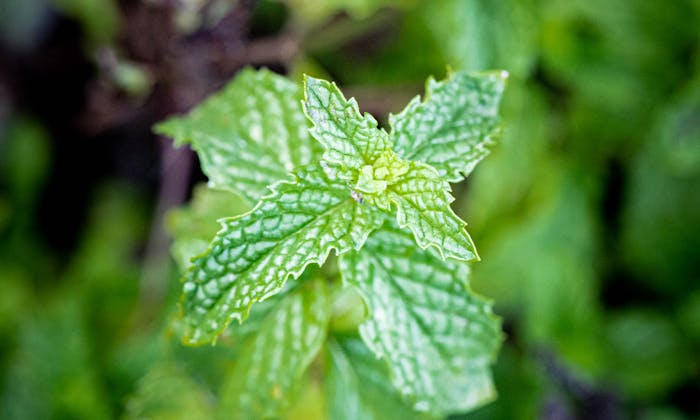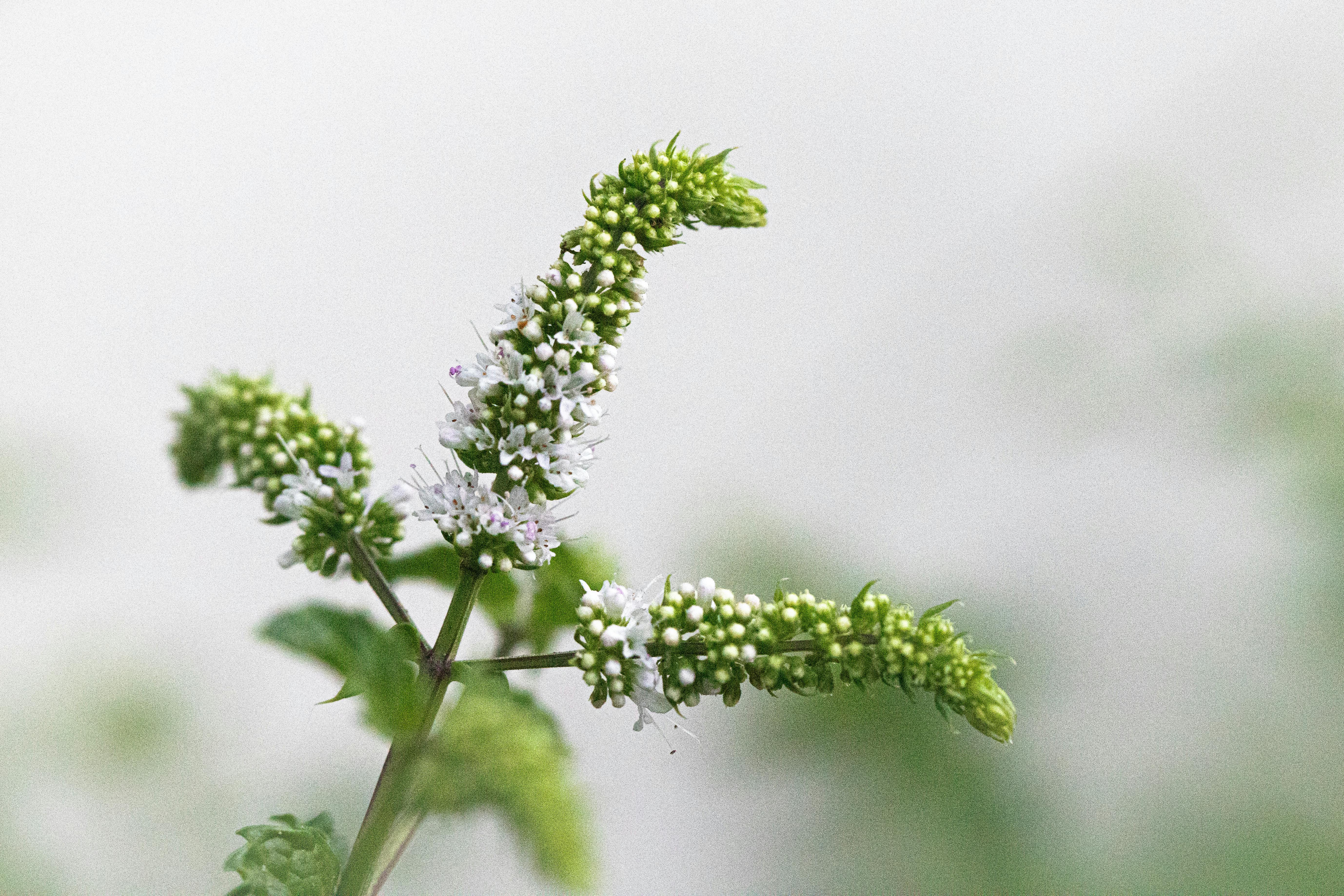Mint is an essential part of any herb garden, it is used all around the world. It must be one of the easiest herbs you can grow
Mint has one of the most recognizable flavors of all herbs. It's used in so many different things, from toothpaste to candy to mojitos. It can be used in dessert, like peppermint ice cream, and it can be used in savory, with chicken or lamb.
I'm a fan of using it in tea, usually alongside a packet of green tea, but many people omit the tea leaves. It's used across many different cultures, in fact, relative to the rest of the world, it is used very little in European and American food.
If you are wondering if mint is difficult to grow, it's sort of the opposite. Mint is difficult to get rid of once you've got it. You want to be cautious about where you grow it because it loves to take over.
Varieties
There are many species, subspecies and varieties of mint used in the the kitchen. Many gardeners like to have multiple varieties around. In the kitchen they are for the most part interchangeable, but each provides their own twist on flavor.
- Spearmint The quintessential variety of mint is spearmint (Mentha spicata). If you grow only one mint, it should probably by spearmint.
- Peppermint (Mentha × piperita): A hybrid of spearmint and watermint. Peppermint has a much higher menthol content than spearmint (about 80 times as much), which makes for a stronger cooling sensation
- Mojito mint (Mentha x villosa): this variety was only available in Cuba until around 2005, and is what authentic mojitos are made with. It has large leaves and a milder flavor than spearmint
- Chocolate mint (Mentha × piperita f. citrata): a cultivar of peppermint. It's leaves are slightly darker and have a slight chocolate flavor.
- Scotch spearmint (Mentha x gracilis): a naturally occurring hybrid, used in spearming chewing gum
Growing and Care
Although spearmint can be grown from seed, it isn't the typical way to do it. Mint clones easily, aggresively and using clones gives you a more predictable flavor. Most other mint varieties are sterile hybrids and must be grown this way.
Mint is an aggresive grower. It has a reputation for taking over garden beds. It loves to send out runners and replant itself. It does this above ground with stolons as well as below ground with rhizomes. This is easy enough to deal with, either grow it in a container or a closed off location.
If you are growing it in a container, it's a good idea to give it something large where it can spread out. Mint is a groundcover and will reward you the more space you give it.
Other than that, just give mint plenty of light and some water and it shouldn't give you any issues. Harvest frequently once it is established. This will stimulate growth and help create a fuller look. Mint will have the best flavor when it is not flowering, but you can still use it when it is flowering, or you can try to deadhead any flowers that come up.
Pests and Diseases
Pests
As you might guess from it's strong flavor, mint is good at repelling certain pests. It is said to repel mosquitos and spiders (although I do not consider spiders to be pests!).
At the same time, it attracts many beneficial insects like hoverflies and predatory wasps. Hoverflies feed on the honeydew produced by aphids, then they reproduce on the plant. Their larvae devour the aphids. Hoverflies are also good pollinators.
Disease
The most common disease you might have with your mint is rust. Rust is a fungal disease that shows up as dark brown spots on the underside of the leaves and yellow spots on top.
The best way to deal with rust is prevention. Once the fungus has established itself it is pretty much impossible to get rid of. To prevent rust, make sure soil is not allowed to splash onto the leaves. Either water your mint gently at the roots with a watering can, or use a drip system. Also, make sure there is good air circulation around the mint so moisture on the leaves is able to dry quickly.
If you see rust showing up on the leaves, aggressively cut back any part of the plant where it shows up and the surrounding area. You do not want it to spread to the other leaves or you may eventually have to replace the whole plant.
Mint can also suffer from tomato spotted wilt virus. This shows up as dead tips and wilting leaves. It is spread by thrips. If you suspect your plant has this virus, your best recourse is to destroy the plant and start again.
A popular highball alcoholic drink that originated in Cuba. It should be made with mojito mint if it is available, spearmint can be used instead.


